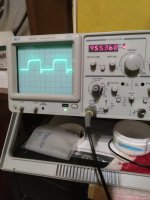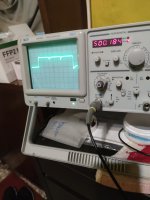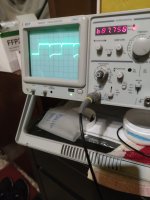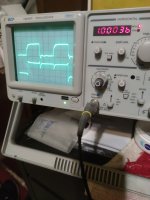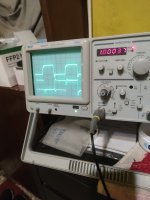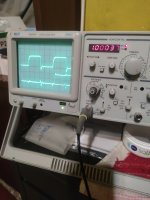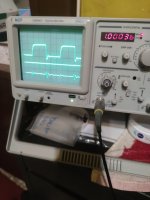daver2
10k Member
Ok,
With the CPU/NOP generator removed, use your oscilloscope to check the signals SAn (see schematic http://www.zimmers.net/anonftp/pub/cbm/schematics/computers/pet/2001N/320349-7.gif) when F6 pin 1 is LOW.
You will have to trigger your oscilloscope on the channel that is monitoring F6 pin 1.
SA1 should be half the frequency of SA0 etc.
However, there is a bit of 'black magic' going on because each character in video memory is scanned multiple times (once per scanline).
Dave
With the CPU/NOP generator removed, use your oscilloscope to check the signals SAn (see schematic http://www.zimmers.net/anonftp/pub/cbm/schematics/computers/pet/2001N/320349-7.gif) when F6 pin 1 is LOW.
You will have to trigger your oscilloscope on the channel that is monitoring F6 pin 1.
SA1 should be half the frequency of SA0 etc.
However, there is a bit of 'black magic' going on because each character in video memory is scanned multiple times (once per scanline).
Dave

